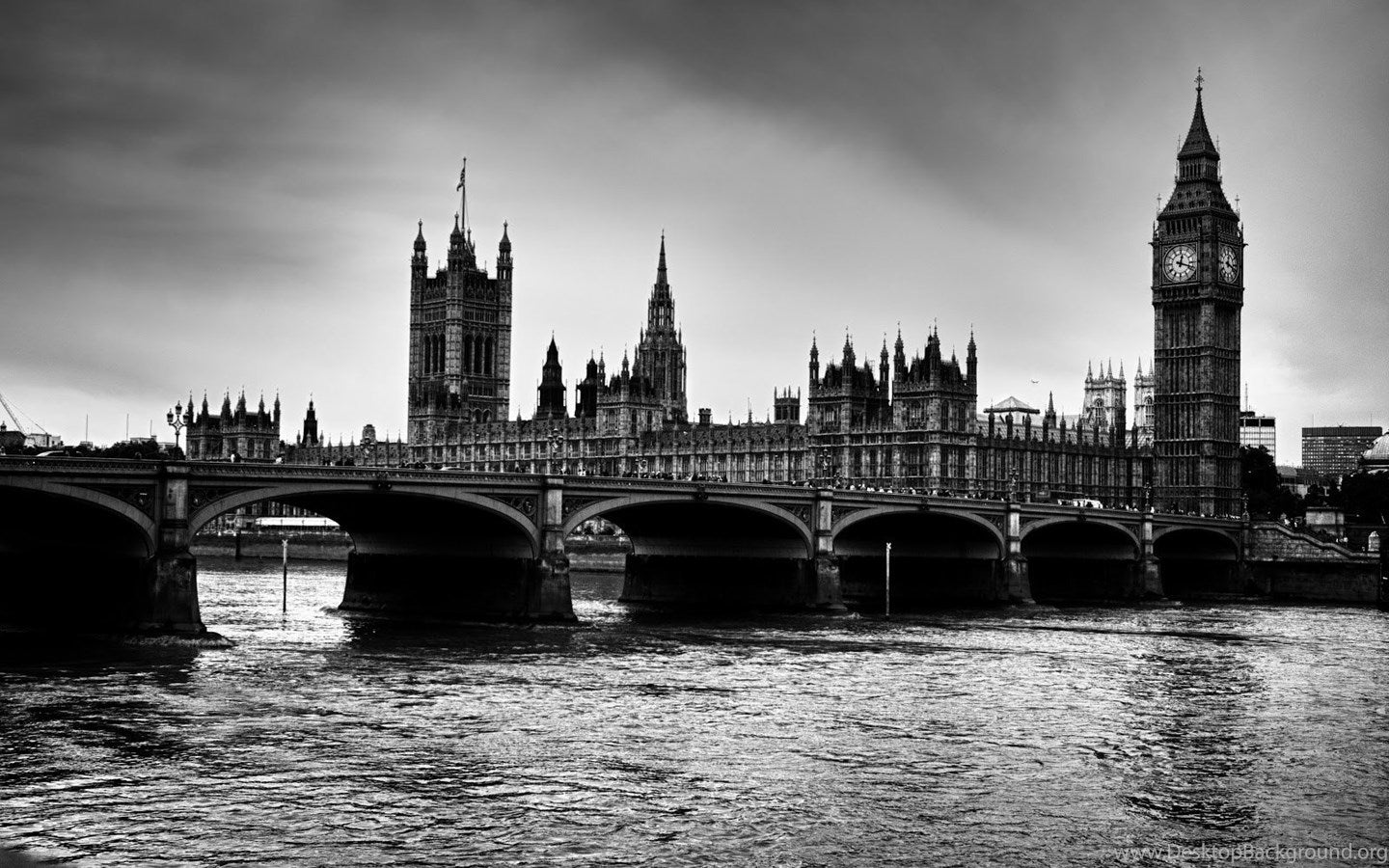
London’s Football Heritage.
Thinking of London conjures up images of architectural grandeur. The regal House of Parliament, Westminster Abbey and the Tower Bridge, to name a few. Some may first think of London for their quintessential pub scene, or prim and proper culture of the tea connoisseur. England’s most populous city also has a long history as being a hub for sartorial fashion.

Steeped in rich history, and being one of the most diverse cities in the world, it’s no wonder the English capital is seen as an iconic must-have on any traveler’s wish list. When the grip of the global pandemic finally loosens, it will return to being a top global destination for these reasons and more.
The promise of live fandom and the opportunity to actually go to a game in the very near future is on the minds and in the hearts of millions. The love of football is reason enough to start daydreaming of a trip to London and its incredible sporting heritage. The pastime of football and the city of London have a symbiotic relationship that has been in place since the first competitive matches were played in the late 19th century. The beautiful game was formalized in England in the late 1800’s, and London is regarded as the capital of the English game.

Taking a look back into history, the Wanderers could be considered the first ‘super team’ in English football, as the Upper Norwood-based outfit won six of the F.A. Cup’s first nine editions. It was their continual success that captured the imagination of so many. Passion for the game grew in the post-war years, as it migrated from one that was largely consumed via radio, to its first steps onto television creating classic football footage.
The North Londoners would win the First Division in 1951, while a decade later would go one better, as the Lilywhites scooped a league and cup double in 1961 and in doing so, White Hart Lane would be one of the most important homes of English football.

While of course, when it comes to the absolute home of English football, you cannot mention London without mentioning Wembley and with this being the venue of many important fixtures – none more so than the 1966 World Cup Final, it is a veritable cathedral that is revered worldwide.
London has often been a location known for its flamboyance and this was perfectly encapsulated throughout the 1970’s - especially at grounds such as Loftus Road, as Queens Park Rangers were considered one of the more entertaining teams to go and watch. The likes of Rodney Marsh and Stan Bowles would terrorise opposition defenders, and it was their flair and the introduction of colour television in the UK which added another captivating element to the English game.
This same flair was found within the opulence of Stamford Bridge, and although Chelsea knew how to dish out a tough tackle or two, they certainly knew how to play. They won the 1970 F.A. Cup for their troubles and a year later, Arsenal would replicate the feat of their arch-rivals Tottenham, as Charlie George’s winning goal at Wembley would secure a league and cup double for the Gunners. Tottenham would win two more F.A. Cups during the 1980's, thereby reinforcing their mantle as one of the country’s best teams.
This brings us neatly to the 1990’s and the creation of the Premier League, a development that has added yet another level of glitz and glamour to London’s long football history. It has become a hotbed for football day-trippers, and when it comes to sports tourism, the added element of the continued rise of the Premier League since breaking away from the Football League, has created the genesis for the sporting juggernaut we see today.
The mega-construction that is Tottenham Hotspur’s incredible new stadium and Arsenal’s Emirates nearby are just two playhouses that serve as stages for international football. The game’s prevalence not being limited to the north of the capital, with the west playing host to the cosmopolitan club known as Chelsea, Stamford Bridge is also a regular port of call for those who want a taste for a little football while in London. Add the likes of West Ham, Crystal Palace and Fulham to the mix and the Premier League currently has six clubs from London in the division.

Combine this presence with the same number of clubs also operating within the EFL structure (levels two to four of the English league setup), there are a dozen London clubs for football tourists to watch. If schedules land in your favor (and with the biggest Premier League games moving to Sunday), there could be an opportunity to watch Leyton Orient on the Saturday and West Ham the following day!
We’re with you, daydreaming of our next game...the stadium, the pitch, the plays, the cheers, the song, the sport. Where will it be? Join us.
Be a TENLEGEND™.
